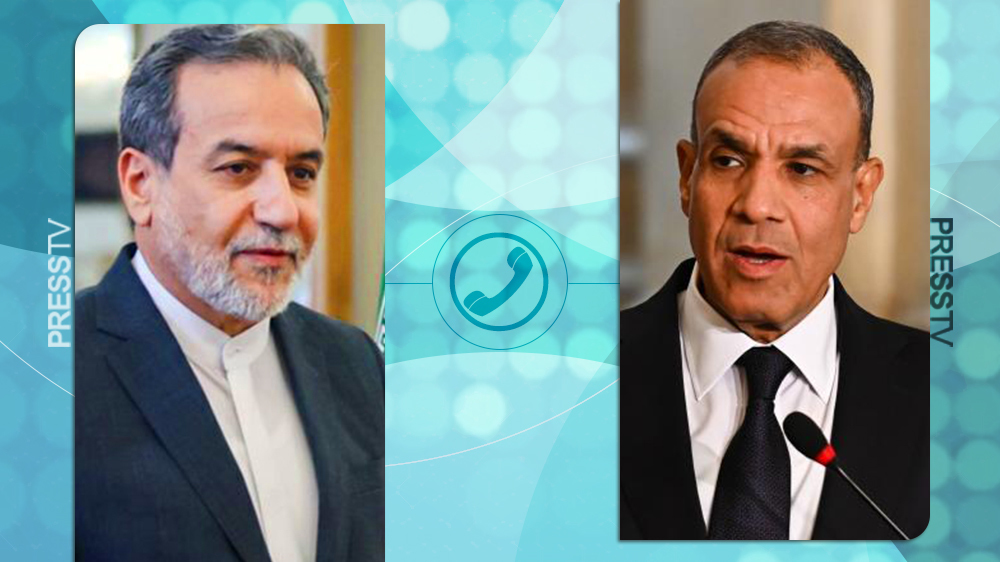Existing only from the Nile, Egypt fears disaster from a dam
The only reason Egypt has even existed from ancient times until today is because of the Nile River, which provides a thin, richly fertile stretch of green through the desert. Now, for the first time, the country fears a potential threat to that lifeline, and it seems to have no idea what to do about it.
Ethiopia is finalizing construction of the Grand Ethiopian Renaissance Dam, its first major dam on the Blue Nile, and then will eventually start filling the giant reservoir behind it to power the largest hydroelectric dam in Africa.
Egypt fears that will cut into its water supply, destroying parts of its precious farmland and squeezing its population of 93 million people, who already face water shortages.
Dam construction on international rivers often causes disputes over the downstream impact.
But the Nile is different: few nations rely so completely on a single river as much as Egypt does. The Nile provides over 90 percent of Egypt’s water supply. Almost the entire population lives cramped in the sliver of the Nile Valley. Around 60 percent of Egypt’s Nile water originates in Ethiopia from the Blue Nile, one of two main tributaries.

Egypt hardly gets by with the water it does have. It has one of the lowest per capita shares of water in the world, some 660 cubic meters a person. The strain is worsened by inefficiency and waste. With the population expected to double in 50 years, shortages are predicted to become severe even sooner, by 2025.
Egypt already receives the lion’s share of Nile waters: more than 55 billion of the around 88 billion cubic meters of water that flow down the river each year. It is promised that amount under agreements from 1929 and 1959 that other Nile nations say are unfair and ignore the needs of their own large populations.
Complicating the situation, no one has a clear idea what impact Ethiopia's dam will actually have. Addis Ababa insists it will not cause significant harm to Egypt or Sudan downstream.
Much depends on the management of the flow and how fast Ethiopia fills its reservoir, which can hold 74 billion cubic meters of water. A faster fill means blocking more water, while doing it slowly would mean less reduction downstream.
Once the fill is completed, the flow would in theory return to normal. Egypt, where agriculture employs a quarter of the work force, is worried that the damage could be long-lasting.
One study by a Cairo University agriculture professor estimated Egypt would lose a staggering 51 percent of its farmland if the fill is done in three years. A slower, six-year fill would cost Egypt 17 percent of its cultivated land, the study claimed.
Internal government studies estimate that for every reduction of 1 billion cubic meters of water, 200,000 acres of farmland would be lost and livelihoods of 1 million people affected, since an average of five people live off each acre, a senior Irrigation Ministry official said. He spoke on condition of anonymity because he was not authorized to discuss the figures.
Other experts say the impact will be far smaller, even minimal. They say Egypt could suffer no damage at all if it and Ethiopia work together and exchange information, adjusting the rate of filling the reservoir to ensure that Egypt’s own massive reservoir on the Nile, Lake Nasser, stays full enough to meet its needs during the fill.

Originating in Ethiopia, the Blue Nile flows into Sudan, where it joins with the White Nile, whose source is Lake Victoria in east Africa. From there, it flows through Egypt to the Mediterranean.
For Ethiopia, the $5 billion dam is the realization of a long-delayed dream. Ethiopia’s infrastructure is among the least developed in the world, leaving most of its 95 million people without access to electricity. The hydroelectric dam is to have a capacity to generate over 6,400 Megawatts, a massive boost to the current production of 4,000 Megawatts.
The dam, around 60 percent complete, is likely to be finished this year or early next. Ethiopia has given little information on when it will start the fill or at what rate.
(Source: AP)
Mikati demands Israel's withdrawal from south Lebanon
Yemeni army strikes Israeli military sites with drones
‘Clock ticking’: UNRWA slams unjustifiable killing of children in Gaza
BP to be sued in Britain for supplying oil to Israel
VIDEO | Press TV's news headlines
Israeli strikes on north Gaza hospital ‘extremely dangerous, terrifying’: Director
VIDEO | Yemen targets Tel Aviv with Palestine 2 missiles
Pezeshkian: Iran resolved to complete North-South Transport Corridor















 This makes it easy to access the Press TV website
This makes it easy to access the Press TV website